Turning the tide:
how to protect your home from escape of water
From burst pipes to leaks, here’s what you need to know about escape of water
Water is one of the most common sources of property damage. Burst pipes, unchecked leaks and faulty parts can all have a big impact.
There are many ways water can get into your home, but they all have one thing in common: they can be preventable.
This guide has tips to help you find flaws before a major escape, deal with the damage and stay safe and soak-free in your property.
What is escape of water?
When we refer to ‘escape of water’, we’re usually talking about plumbing-related problems, for example sudden and unexpected leaking from water freezing in a washing machine, dishwasher, fridge, freezer, drainage or heating installation.
With more homes adding integrated appliances, hidden plumbing, en-suite bathrooms and other complex systems, the risk of water escaping is growing.
What are the common causes of escape of water?

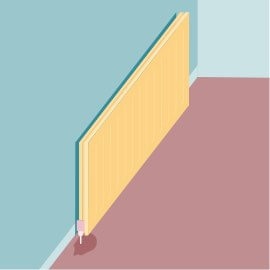
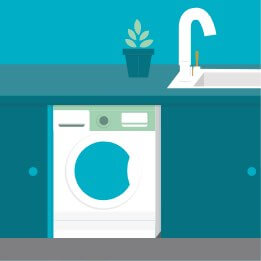
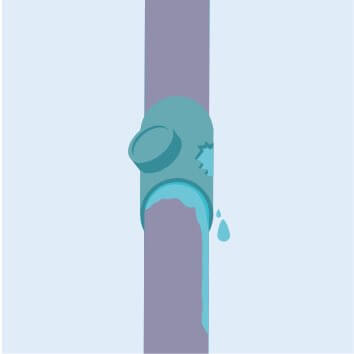
Cold weather: Escapes of water happen throughout the year, but freezing conditions during the winter may cause an increase in burst pipes. When water freezes, it expands. If this happens in your plumbing, the pipes can split or burst, causing leaks as soon as the ice melts. During particularly cold spells, this can be a real problem which you need to monitor at home.
Dodgy DIY: with the cost of living increasing, hiring a plumber has become more expensive. Property owners are increasingly following YouTube or TikTok "how-to" videos to carry out repairs themselves, so more mistakes are being made.
Cheap or faulty parts: One of the most common DIY mistakes is underestimating costs. This can tempt people to opt for cheap plastic parts, which might not be up to the job. This is a problem in higher pressure plumbing where temperature changes, such as central heating systems. The pipes expand when heated and contract when cooled, so frequent changes in temperature can weaken them over time.
Blocked pipes: If waste pipes are blocked, pressure builds up. Eventually this might damage a seal and allow water or other substances to escape.
Hidden pipes: It's harder to spot escaping water in hidden pipes, and the damage can spread further before it’s too late.
Faulty appliances: With more dishwashers and washing machines than ever before, the likelihood of something going wrong is increasing.
Where should I check for escape of water?

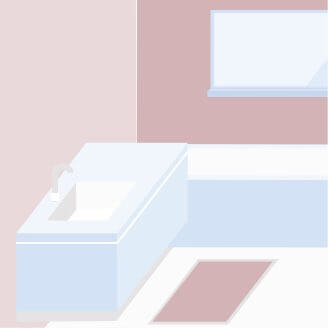
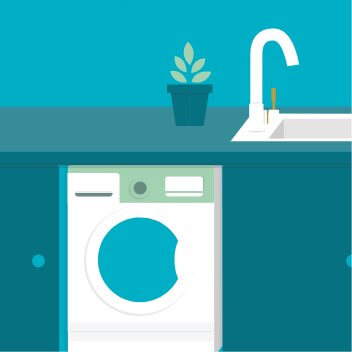
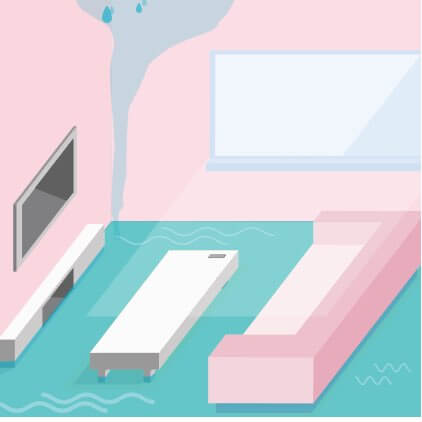
Some of the most common problem areas in the home are:
Bathroom: It can have hidden weak points where the toilet, sink and bath connect to your plumbing and where pipes supplying showers are embedded in walls.
Ceiling: Plasterboard ceilings are easily damaged, so keep an eye on areas where pipes run to and from your bathroom. Most DIY stores sell metal detectors to help you find any hidden pipes – a vital task if you’re planning DIY jobs where underlying pipes or cables might be damaged.
Kitchen: Water pipes often enter and exit properties via the kitchen, putting it at risk of frozen pipes in winter. The under-sink cupboard is also a common location for leaks, due to lower temperatures (often where the water supply and stop cock are located) and due to pipes and connections becoming loose.
Damp in internal walls: Find out where your risers are, so you can spot any damp patches early. Risers are vertical pipes that carry water or gas between floors in a building from the main supply. They are usually found in utility rooms or garages.
Under-floor pipes: Even with hardwood flooring, plumbing should be accessible for inspection. Make sure there’s a hatch or ‘lifter’ floorboards that aren’t nailed down.
Boiler: Because the pressure changes as the water heats up and then cools down, washers and connectors can fail – causing drips and leaks.
Toilet: When you’re cleaning the toilet bowl, check around the back and at the cistern for any drips or condensation from ageing seals.
Radiator: Rust and corrosion can be early signs of escape of water from joints.
Washing machine: Look behind appliances like dishwashers and washing machines regularly to ensure all pipes are secure and dry.
Leaks from a neighbouring property: You can’t maintain your neighbour’s plumbing, but you should report to your neighbour if you suspect water is leaking from their property into yours. You can also find out where the leak is and monitor the area for any other warning signs of damp.
What should I do if I find or suspect a leak?
It’s vital to know where your stopcock is so that you can immediately shut off the water supply. It’s usually found under the kitchen sink, but if you can’t locate it then contact a local plumber for advice.
Once the flow is stopped, it’s time to contact your home insurance provider. Your claims contact details should always be kept safe and handy so that you can seek help with confidence. Your AXA home insurance policy details can also provide further information on how to make a claim.
Your next steps will depend on what’s causing the escape of water
If your pipes are frozen, you can avoid the worst of the damage by:
- Attempting to thaw frozen pipes with a hot water bottle.
- Switching off the central heating or any other water heating installations and opening all taps to drain the system.
- Ensuring that professional repair has been carried out before switching back on.
If it’s a leak from a connector, or something simple like a dripping tap, you may be able to replace the parts yourself. Just make sure you use the right size connectors, as even the tiniest gap can cause a leak.
In the event of escape of water from the heating system, it’s always advisable to use a professional tradesman registered with an HSE-approved competent person scheme.
How can I prevent escape of water?

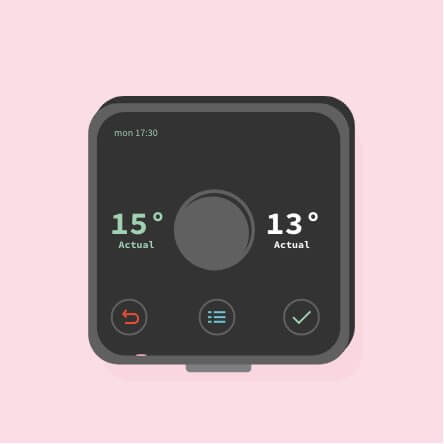

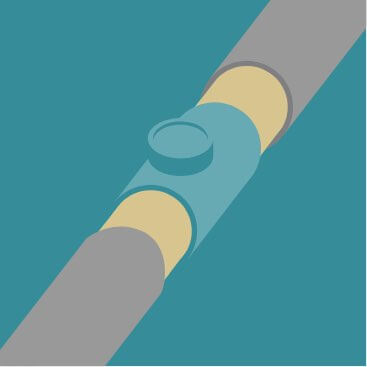
Regular maintenance is vital for preventing escape of water. With this in mind, these are our top tips to stay dry.
Protect your pipes: Make sure water pipes and water tanks in the roof space are insulated correctly. These exposed pipes are more likely to freeze. Don’t insulate beneath your water tank though, as this will prevent your home’s heating from reaching and warming the tank.
Control the temperature: You should set your heating to between 12 and 15 degrees Celsius, especially if the home is unoccupied.
Encourage air circulation: Kitchen and bathroom cabinets can keep warm air from reaching sinks and outside walls. Keep cabinet doors open to allow warm air to circulate. Also, consider opening your loft hatch to allow warm air to reach the water tank.
Upgrade old appliances: It’s not just boilers and washing machines that age, their plumbing connectors can too. Stopcocks are similarly prone to age-related issues. Consider an electronic stopcock replacement to reduce the chances of it sticking.
Keep an eye on problem areas: Temperamental heating, low water pressure, condensation and damp can all be warning signs of escape of water.
Consider leak protection systems: Leak protection systems can help you monitor for problems. They’re designed to detect excessive flow of water or escaping moisture and, when they do, they can automatically shut down your water supply.
And while you’re protecting your home against escape of water, it’s also a good opportunity to consider other areas too.
Take a look at our tips on how to weatherproof for all seasons, including protecting against major disasters like storm damage and other extreme weather. And don’t neglect those outdoor areas either.
Assistance at home when you need it most
From burst pipes to broken boilers – when you have an emergency at home, you can't afford to waste any time getting it repaired. In addition to our domestic helpline, if you choose AXA Home Assistance, we'll arrange for an authorised contractor to sort out repairs up to £1000 in an emergency. Find out more about AXA Home Assistance below, or take a look at our Home Insurance options.